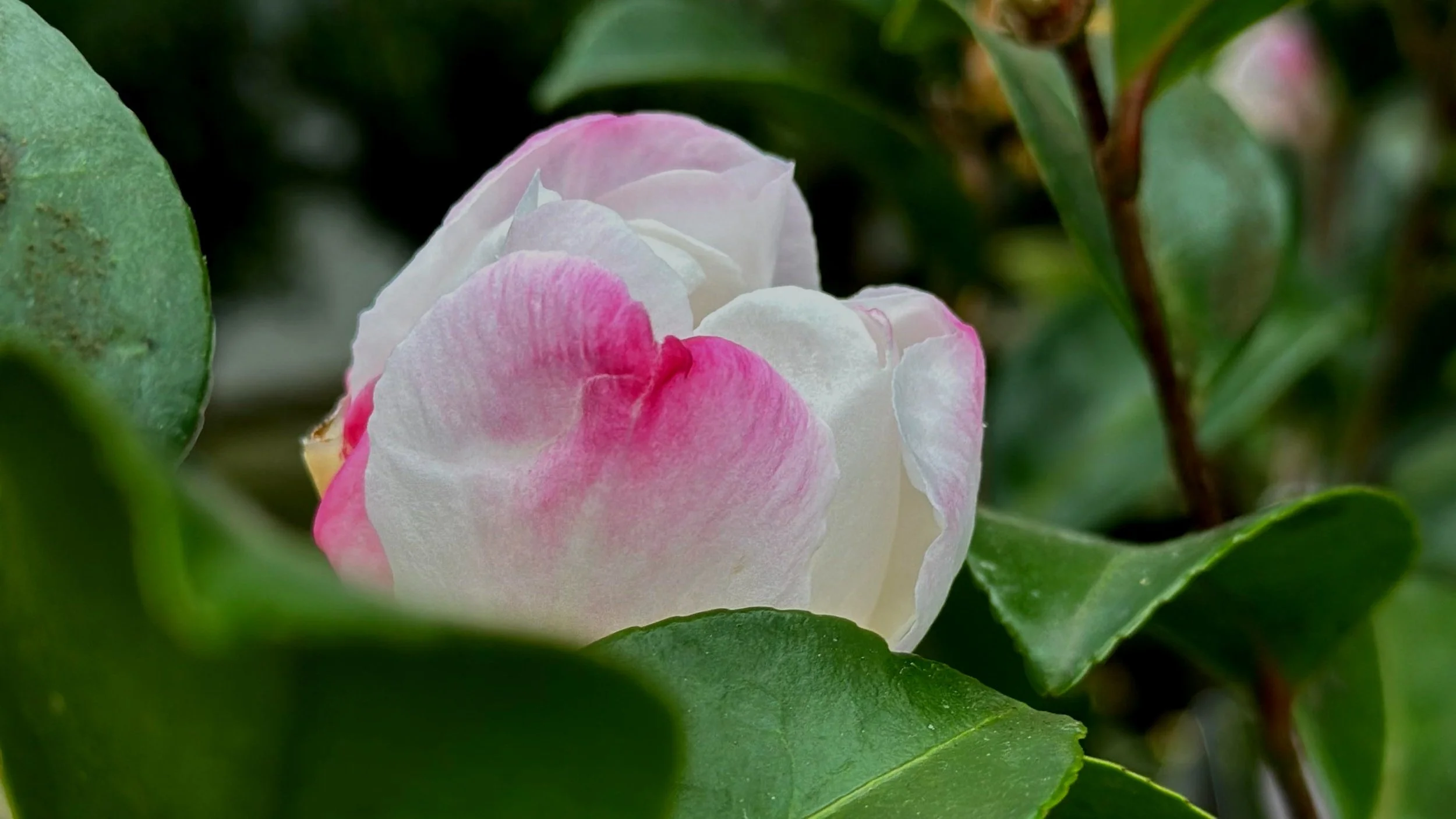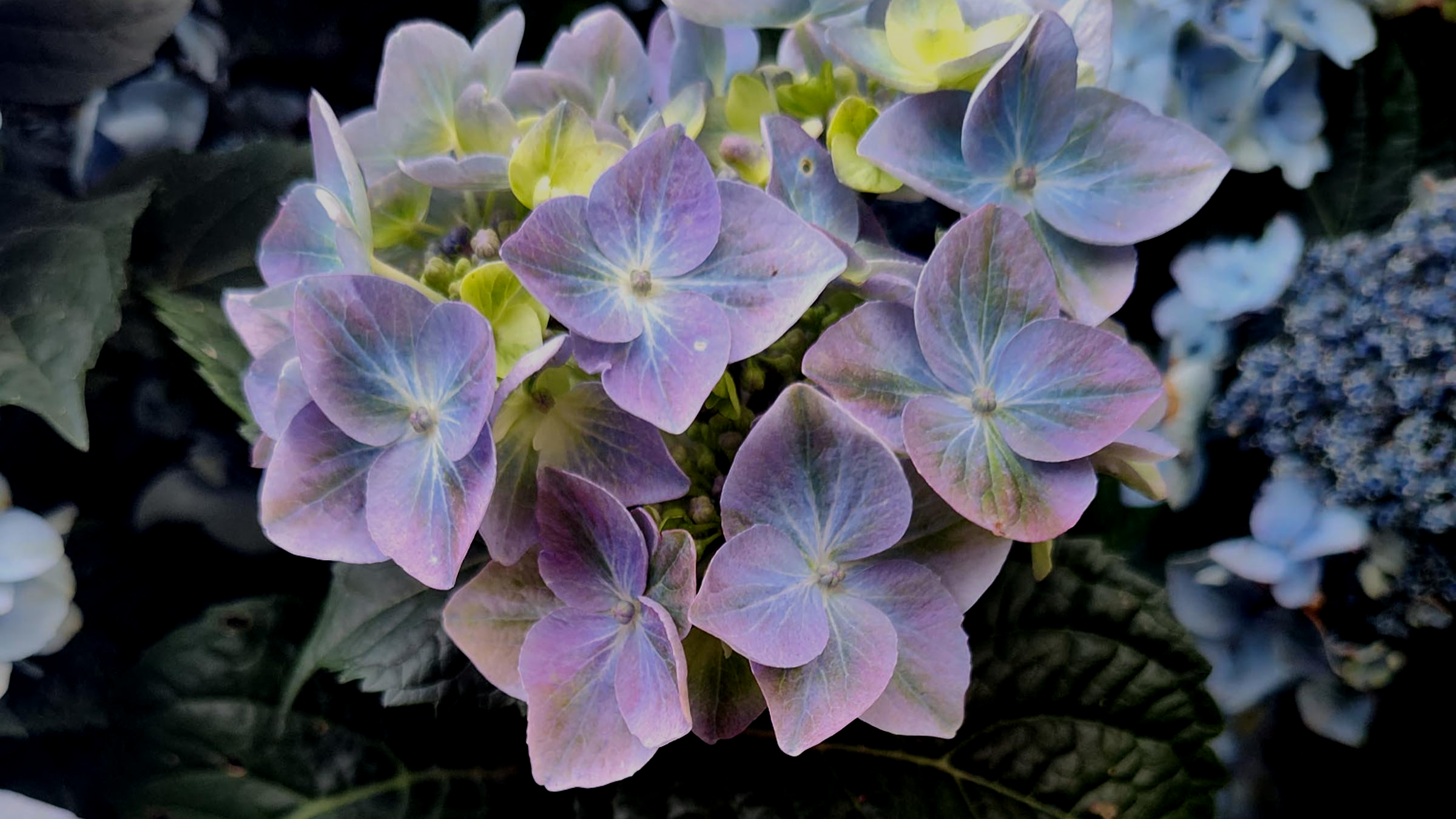As we begin to navigate 2025, I have decided to start the year with a new mantra… “Strive in ’25”, which of course has meaning in my landscape AND my daily life. There seems to be so much strife and negativity these days, but we can counter this by striving for positivity. We can strive for success, strive to help others, and strive to accept that not everything will always go our way. And for our discussion today, I can certainly strive to get ahead on timely gardening tasks, just as you can, even in the month of January.
There are several activities and projects that can be done in January, ultimately lightening your workload down the road and helping you get a head start for spring. As I work through tasks in my own yard, it is most satisfying to put the proverbial “check” next to many and mark done. This will both get our gardening juices flowing early and hopefully work off some of our over-indulgent holiday feasts.
Think landscape design. One thing I personally do this time of year is walk about my various gardens and formulate a battle plan. If you are up for a garden makeover, pause and gaze upon your landscape, jotting down your thoughts and ideas in a notebook. What needs more room or needs pruning? Could I move this plant here and that one there? A spot to add a new specimen? Perhaps a new landscape bed needs to happen? Try to do some research and explore your possibilities. It is the perfect time to transplant or divide many specimens, as well as shift plants from container gardens into the ground. Mockup a simple design, get a shopping list going and then as plants arrive at your local garden center you can grab them, enhancing your garden paradise.
Watch the leaf debris in certain areas. As I have admitted on numerous occasions, I am a little on the OCD side - a blessing in some aspects but also a curse with others, in all honesty. I like my landscape beds tidy and free of clutter, but I am also well aware of the benefits of fallen leaves for soil protection and replenishment of both nutrients and microbes. Perhaps consider doing what I do; tidy up over there but maybe live with a little debris here, kind of thing. You really should keep all the leaves off the turf, as they will block the sun, choke out grass to some extent and bring you more moss and thatch diseases down the road. Gardeners should also watch leaf build up where they have spring bulbs planted, especially shorter ones. While Tulips, Narcissus, Alliums and other taller growers rise out of the leaf debris just fine, shorter (and often earlier bloomers) like Crocus, Snowdrops and Winter Aconites will struggle to be seen. In my own yard I always clear the areas where these grow so I truly enjoy the flower power they bring in January and February. Also, be sure that larger fall foliage is not smothering or congesting your conifers and broadleaved evergreens. Leaving all of these decaying leaves is asking for brown and dead patches, if not a partially dead plant sometimes. Forgive me as I am still, after all these years, trying to find my balance between neat and natural.
Watch the pesky weeds, especially early. We have been unseasonably warm thus far over “winter” and I am noticing just about every weed already in my own landscape. Shot Weed is one of the many rainy season antagonists for most of us around here, and trust me when I say they are already everywhere! Easy to pull, sever with a Hula-Ho, or perhaps mulch over deeply to suppress. Whatever you choose to do, do it quickly as once they flower, they eject copious amounts of seeds, and you will have a bazillion before you can say “2025.” Any weedy plants you can pull now means less spring work later and far less chance of more down the road as well.
Those darn slugs! Speaking of mild weather, the slugs are certainly enjoying our winter so far. It is never too early to protect those specimens that are prone to slug damage. Often our slimy friends have laid more eggs around the base of these plants as well, so cleaning up debris around the crown and then setting a perimeter with some slug bait is ideal. Go straight for a safe and natural slug bait like ‘Sluggo’ (Iron Phosphate and registered organic) and avoid the old metaldehyde gels and baits. The poisons that these old-school slug remedies contain do a lot of harm to us, our pets, wildlife and in our rainy weather make their way straight into groundwater. Going safe and organic with ‘Sluggo’ is the way to go and be sure to re-apply about once a month to keep your specimens safe.
One major project to tackle during the dormant season is pruning, BUT this does not mean everything in the yard needs to be pruned. Proper pruning involves the right technique, the right tools, and the right timing. Stay tuned, as we will definitely delve into winter pruning frivolities in the coming weeks!
Now that 2025 has officially arrived, I hope your gardening spirits are both rejuvenated and focused. Let us all try to step out of the warm confines of the house and get some gardening going - nothing is better for the soul, if you ask me. Sure it is winter, but there are still important tasks to accomplish and ways to get ahead for the coming spring weather. You can always drop by your local garden center to ask for help and allow a Certified Professional Horticulturist to assist you with any of these projects, especially with potential design options. Get those shorts out (or maybe the Utility Kilt), lather on some sunscreen and catch the minimal Vitamin D our sun-breaks provide. Some warm dry gloves, quality rain gear and waterproof shoes sound more likely, but either way let us all “Strive in ‘25” and kick off the gardening season in style.



